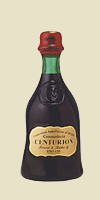 Recently I had the opportunity to taste through the wines of Moss Wood. They’re an Australian producer with a history dating to 1969. Their current winemaker Keith Mugford has been making the wines since 1979. Since 1984 Keith and his wife Clare have run the entire operation at Moss Wood. In their time at the helm they have made thoughtful advances such as being up to 75% in screw cap as far back as 2003. They’re located in Wilyabrup which is a sub-section of the Margret River region.
We started the evening by tasting a trio wines from four varietal verticals. Semillon, Chardonnay, Pinot Noir and Cabernet Sauvignon dating as far back as 1990 were the varietals and each was represented by an example from each of the last 3 decades.
Recently I had the opportunity to taste through the wines of Moss Wood. They’re an Australian producer with a history dating to 1969. Their current winemaker Keith Mugford has been making the wines since 1979. Since 1984 Keith and his wife Clare have run the entire operation at Moss Wood. In their time at the helm they have made thoughtful advances such as being up to 75% in screw cap as far back as 2003. They’re located in Wilyabrup which is a sub-section of the Margret River region.
We started the evening by tasting a trio wines from four varietal verticals. Semillon, Chardonnay, Pinot Noir and Cabernet Sauvignon dating as far back as 1990 were the varietals and each was represented by an example from each of the last 3 decades.
Moss Wood 1993 Semillon – This 20 year old Semillon has an obviously darker hue than the others which is natural for a white of this age. Bits of citrus appear on the nose along with a touch of toffee. Plenty of secondary characteristics emerge on the palate to go along with apple and a boatload of baker’s spice. This wine is still vibrant and alive. It’s a lovely and truly gorgeous example of aged Semillon.
Moss Wood 2003 Semillon – A gentle hint of Petrol emerges on the nose of this decade old Semillon. The palate is filled with a bevy of citrus notes. The finish here is long and fleshy with minerals, spice and pineapple characteristics all in abundance. This wine is delicious and giving but it will continue to evolve positively with more time.
Moss Wood 2013 Semillon – This is the current vintage and it has a suggested retail price of $42. Meyer lemon and lime notes light up the nose of this Semillon. Additional fruits such as white fig are part of the gently layered palate. The finish has good persistence and things end with bits of crispy acidity. Compared to the older vintages this wine is a bit reticent now. Time will open it up and allow it to more fully express its charms.
 Moss Wood 1991 Chardonnay – This 22 year old Chardonnay showcases a cavalcade of pure and expressive fruits. There is depth and complexity here to spare. Apple and pear flavors are joined by bits of hazelnut and toast. A bit of butter crème emerges on the finish which has excellent length and persistence. This is a gorgeous wine that exemplifies how fantastic Chardonnay can be when it’s treated appropriately all the way from vineyard to bottle.
Moss Wood 1991 Chardonnay – This 22 year old Chardonnay showcases a cavalcade of pure and expressive fruits. There is depth and complexity here to spare. Apple and pear flavors are joined by bits of hazelnut and toast. A bit of butter crème emerges on the finish which has excellent length and persistence. This is a gorgeous wine that exemplifies how fantastic Chardonnay can be when it’s treated appropriately all the way from vineyard to bottle.
Moss Wood 2003 Chardonnay – This Chardonnay has the darkest hue of the trio. The nose shows a bit of candied apple. The finish is fairly long with zippy acidity, minerals and a wisp of crème fraiche. Not quite as fresh or vibrant as either the 1991 or the 2011 but no less interesting.
Moss Wood 2011 Chardonnay – The current vintage, it has a suggested retail price of $63. Lemon custard and orchard fruits mark the deep and layered palate of this wine. Spices galore are present from the first whiff of the nose through the last, lingering note on the finish. This wine is loaded with gorgeous layers of fruit. It’s delicious now but will be even lovelier with time in the bottle. This release will likely get to a similar spot down the road that the 1991 is at today.
Moss Wood 1994 Pinot Noir – Plum aromas emerge from the still vibrant nose of this Pinot Noir along with mushroom and lot’s of secondary characteristics. Sour cherry notes dominate the palate and lead to a lengthy spice filled finish that also shows off black tea and hints of earth. This is a balanced and exquisite example of well aged Pinot Noir.
Moss Wood 2001 Pinot Noir – Red fruit, leather and a hint of smoked meat fills the expressive nose of this 12 year old Pinot Noir. Lots of cherry and strawberry star on te palate here along with hints of earth and mushroom. Minerals and sour red fruits emerge on the finish which has good persistence. Medium tannins that show a pleasing amount of grip and firm acidity speak to the wonderful structure this wine has. It’s delicious now, but certainly has quite a few years of aging ahead of it.
Moss Wood 2010 Pinot Noir – This is the current release, it has a suggested retail price of $62. Red and black cherry character dominates the nose of this Pinot. Red fruits interspersed with black, are key components throughout the palate, along with a well rounded complement of spices. All of these elements continue through the finish which has nice length. This Pinot is still young and a bit tight right now. It needs some time and a few years in bottle will serve it well. That said a few hours in the decanter are highly recommended if drinking it in the next couple of years.
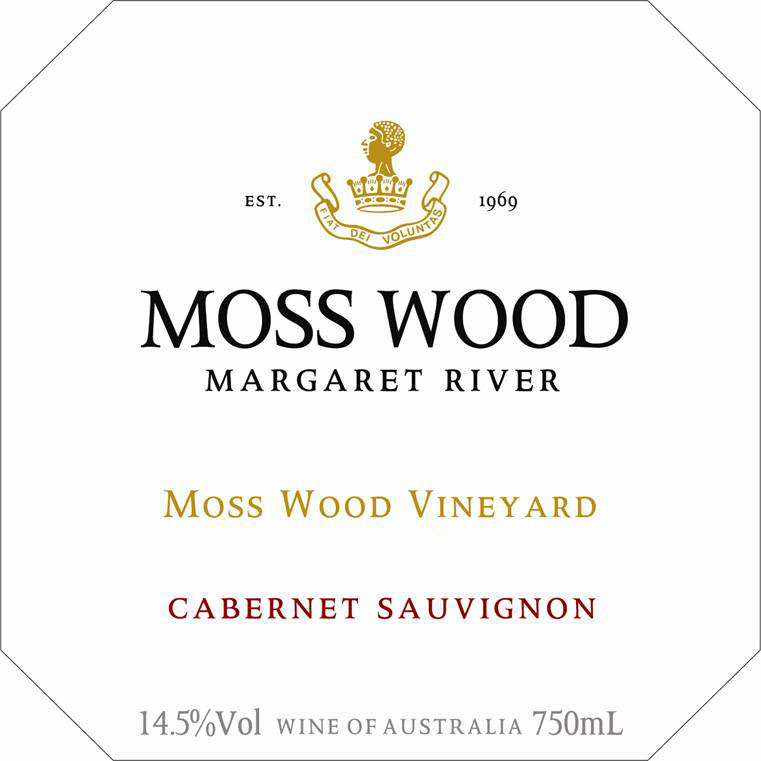 Moss Wood 1990 Cabernet Sauvignon – The fruit on this 23 year old Cabernet has receded and the secondary characteristics have really taken hold. Earth, minerals, espresso and a potpourri of spices are the dominant players here. Chocolate and leather emerge on the finish with some lingering remnants of cherry. If you like your Cabernet Sauvignon aged (and I do), this happens to be an excellent example. It’s beautifully perfumed, loaded with minerals and spice, easy drinking and layered. This is the kind of wine I could hide in the corner with, allowing it to keep me content all night long.
Moss Wood 1990 Cabernet Sauvignon – The fruit on this 23 year old Cabernet has receded and the secondary characteristics have really taken hold. Earth, minerals, espresso and a potpourri of spices are the dominant players here. Chocolate and leather emerge on the finish with some lingering remnants of cherry. If you like your Cabernet Sauvignon aged (and I do), this happens to be an excellent example. It’s beautifully perfumed, loaded with minerals and spice, easy drinking and layered. This is the kind of wine I could hide in the corner with, allowing it to keep me content all night long.
Moss Wood 2000 Cabernet Sauvignon – This wine is all about cherry characteristics. A combination of red and black cherry flavors dominates the nose and palate. Spice elements join in and continue through the finish where cherry flavors continue to ring out loud and clear. Bits of rhubarb and chicory are present as well. The tannins still have some bite and the acidity keeps things beautifully balanced. This is a fine Cabernet Sauvignon.
Moss Wood 2010 Cabernet Sauvignon – The current release, it has a suggested retail price of $105. Red and black raspberries emerge on the welcoming nose of this Cabernet Sauvignon. Blackberry, cherry and spice are all prominent through the layered palate which shows lots of depth. Blueberry, spices and espresso notes dot the finish which has good length. The tannins here are firm but give with some air. This is a young but approachable Cabernet Sauvignon that will improve greatly with several more years of age. It’s a promising wine that will only become better.
After the vertical tasting we moved on to sample a handful of their other releases alongside our dinner at CraftBar. Three of them were blends and they were lovely wines well suited to our meal. But for me the knockout amongst this quartet was the final wine which was paired with dessert.
Moss Wood Ribbonvale Botrytis 2011 Semillon – This wine was slowly fermented and then racked to barrel. It was bottled in January of this year. It’s available in both 375ml ($38), and 750ml ($70) bottles. Mission fig aromas are part of the nose on this lovely dessert wine. The palate is sweet but not overly so with 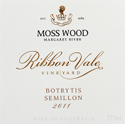 a variety of fruit and spice flavors coming to the forefront. Fruitcake spices emerge on the honeyed finish which has great length and nice acidity. This wine works equally well paired with other sweets or a cheese course.
a variety of fruit and spice flavors coming to the forefront. Fruitcake spices emerge on the honeyed finish which has great length and nice acidity. This wine works equally well paired with other sweets or a cheese course.
Tasting these wines in such a setting allowed us to see their aging potential as well as take a look at what the level of consistency is. While there was certainly vintage variation and some stylistic differences as they have made some adjustments in treatment over the years, each varietal had connective tissues within their subset that allowed us to see how they related to each other. The key here is that these wines were all made in a style that allowed their origin in the Margaret River to be showcased along with the vagaries of what each vintage brings. These are not manipulated products but vineyard driven wines that are allowed to shine. Each varietal is shepherded into bottle in a manner that makes long term aging not only possible but interesting and exciting. The Moss Wood wines taken as a whole were quite impressive. They’re fine examples of their place, their respective grapes and their particular vintages. If it’s been awhile since you’ve had top shelf Australian wine, the offerings from Moss Wood are a perfect spot to leap back in.

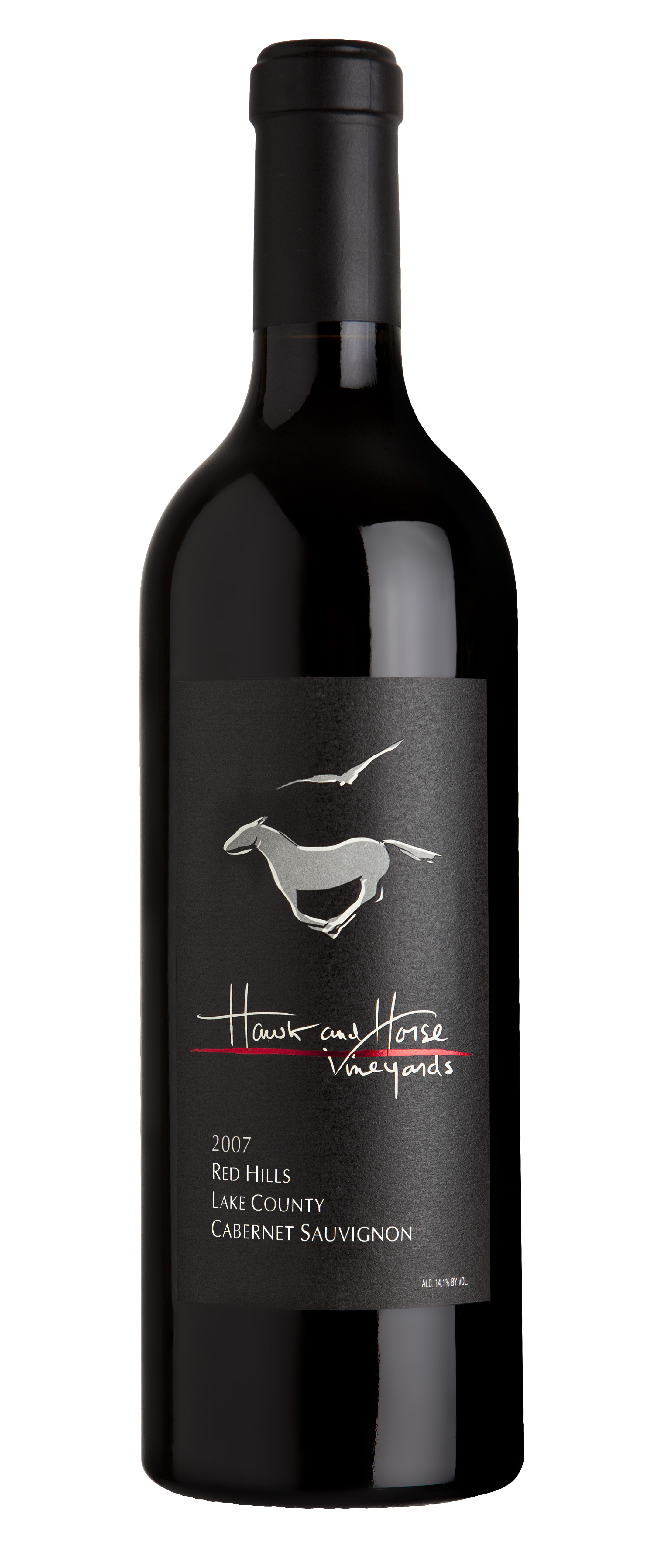
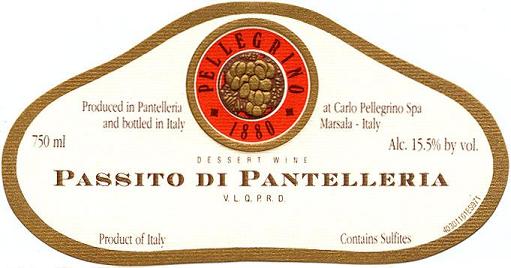 Dessert wines come in all shapes and sizes. Port and port style wines are perhaps the most recognizable to the average wine drinker. But just like most growing regions, or counties at least, have their own take on Sparkling Wine, so to do most of them have their own styles of dessert wine. Throughout Italy there are several. One of the grapes often used for making sweeter wines is Moscato. Today I’ll look at a Moscato based wine from Sicily.
The
Dessert wines come in all shapes and sizes. Port and port style wines are perhaps the most recognizable to the average wine drinker. But just like most growing regions, or counties at least, have their own take on Sparkling Wine, so to do most of them have their own styles of dessert wine. Throughout Italy there are several. One of the grapes often used for making sweeter wines is Moscato. Today I’ll look at a Moscato based wine from Sicily.
The 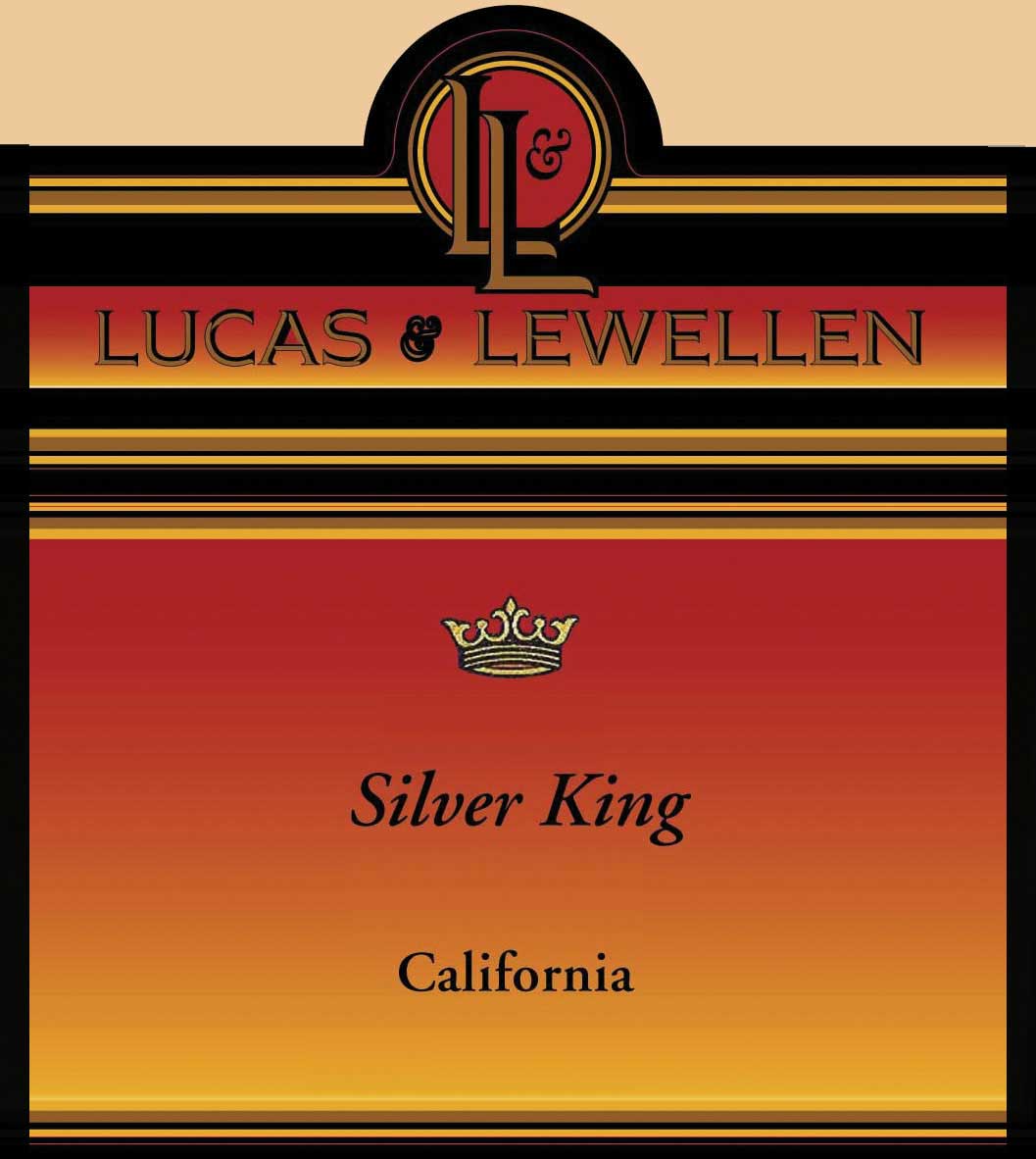 I drink dessert wine pretty regularly. Most often it's Tawny or Late Bottled Port from Portugal. After that I'm always curious to taste the different styles of Ports and Dessert wines being made in California. When it comes to the Golden State I most often think of Late Harvest Zinfandel. That style seems to be the most ubiquitous expression in California; not surprising when you consider how much Zin there is. The last few years though I've run across a solid handful of folks making Dessert Wine or Port with Merlot. I was a bit dubious at first, but then I had the chance to taste a couple and I found there are some interesting offerings out there. Today I'll look at one from
I drink dessert wine pretty regularly. Most often it's Tawny or Late Bottled Port from Portugal. After that I'm always curious to taste the different styles of Ports and Dessert wines being made in California. When it comes to the Golden State I most often think of Late Harvest Zinfandel. That style seems to be the most ubiquitous expression in California; not surprising when you consider how much Zin there is. The last few years though I've run across a solid handful of folks making Dessert Wine or Port with Merlot. I was a bit dubious at first, but then I had the chance to taste a couple and I found there are some interesting offerings out there. Today I'll look at one from 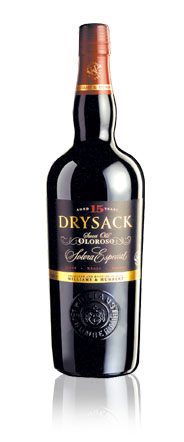 There are numerous designations for dessert wines in the world. In Europe especially, many countries have their own proprietary dessert wines. These are generally made in strict accordance with local regulations. Italy has Vin Santo, Portugal has Port of course and Madeira which is specific to the Madeira Islands. Spain is home to several well regarded wine regions and has a bevy of varietals that flourish there, has Sherry as their best known entry in the Dessert category.
Much like Port and Madeira there are numerous classifications and styles within the broader Sherry category. Each of them can be indicative of production method, aging requirements and even level of sweetness. The one I am looking at today is a blend of Oloroso (78%) and Pedro Jimenez (22%). The Pedro Jimenez is added to sweeten and balance the drier Oloroso wine.
There are numerous designations for dessert wines in the world. In Europe especially, many countries have their own proprietary dessert wines. These are generally made in strict accordance with local regulations. Italy has Vin Santo, Portugal has Port of course and Madeira which is specific to the Madeira Islands. Spain is home to several well regarded wine regions and has a bevy of varietals that flourish there, has Sherry as their best known entry in the Dessert category.
Much like Port and Madeira there are numerous classifications and styles within the broader Sherry category. Each of them can be indicative of production method, aging requirements and even level of sweetness. The one I am looking at today is a blend of Oloroso (78%) and Pedro Jimenez (22%). The Pedro Jimenez is added to sweeten and balance the drier Oloroso wine.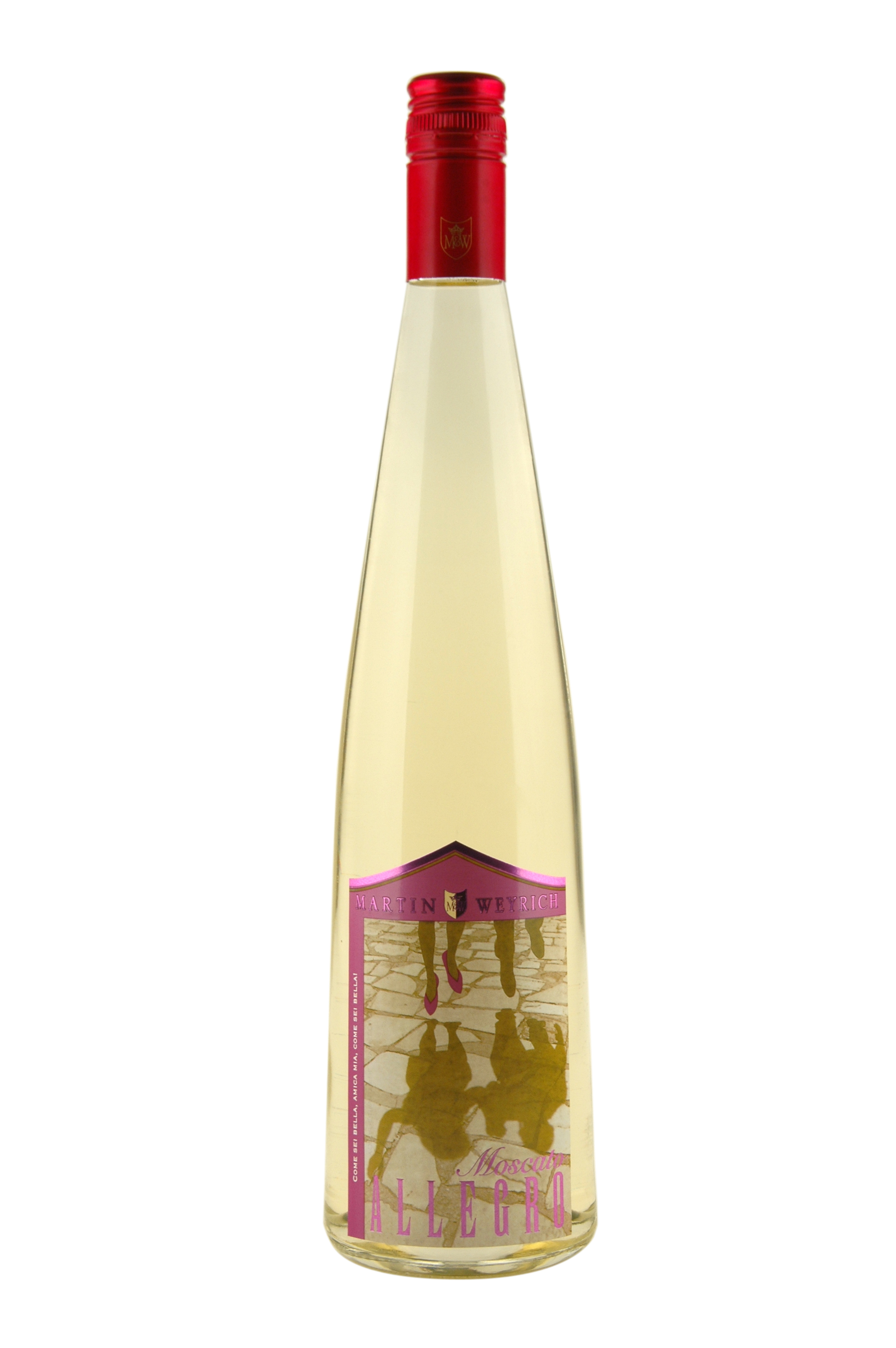 First up is the
First up is the 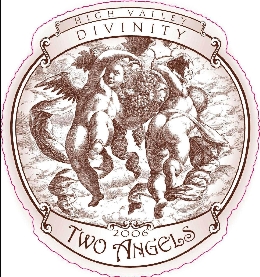 2006 Divinity is produced from fruit sourced in High valley. This blend is 52% Syrah, 22% Grenache, 20% Mouvedre and 6% Petite Sirah. Grapes were sourced at Shannon Ridge Vineyards. This blend was aged in a combination of French (70%) and American (30%) oak barrels; 35% of them were new. 500 cases of this offering were produced and the suggested retail price is $25.
2006 Divinity is produced from fruit sourced in High valley. This blend is 52% Syrah, 22% Grenache, 20% Mouvedre and 6% Petite Sirah. Grapes were sourced at Shannon Ridge Vineyards. This blend was aged in a combination of French (70%) and American (30%) oak barrels; 35% of them were new. 500 cases of this offering were produced and the suggested retail price is $25. Dessert is important for any Holiday meal and Easter is no exception. My recommendation this holiday is to go with a Late Harvest Zinfandel. Specifically the 2006 from
Dessert is important for any Holiday meal and Easter is no exception. My recommendation this holiday is to go with a Late Harvest Zinfandel. Specifically the 2006 from 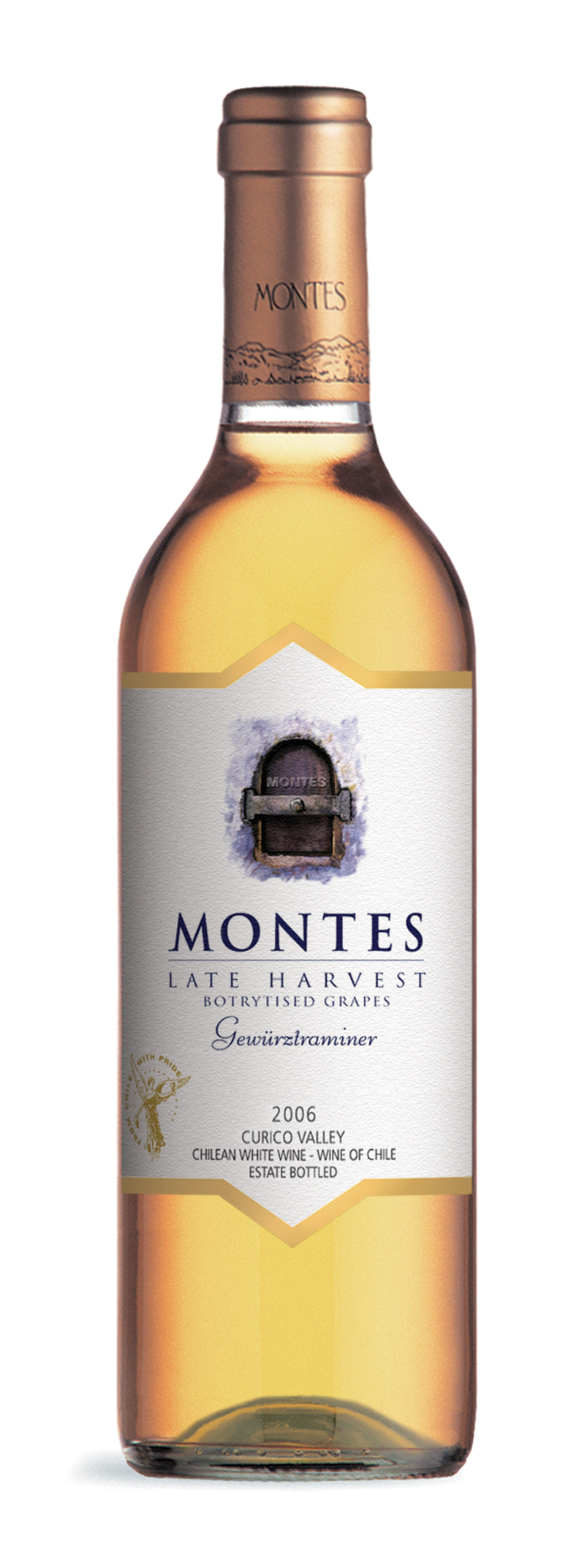 wines from that region is a little limited. That made me very curious and excited to try a Late Harvest wine from a producer I was already fond of.
The
wines from that region is a little limited. That made me very curious and excited to try a Late Harvest wine from a producer I was already fond of.
The  Two of the selections I picked are from
Two of the selections I picked are from  isn't as often thought of for after dinner libations. And for my money that's a shame. The wines of Italy are as good as those anywhere. The dessert wine from there I'm compelled to recommend is from La Tunella.
isn't as often thought of for after dinner libations. And for my money that's a shame. The wines of Italy are as good as those anywhere. The dessert wine from there I'm compelled to recommend is from La Tunella.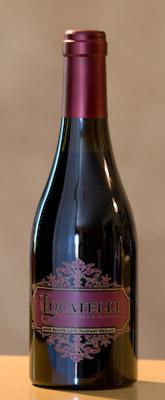 The sixth and final dessert wine I'm recommending this Valentine's Day is from
The sixth and final dessert wine I'm recommending this Valentine's Day is from 
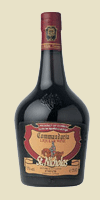 price for this wine is $18. It can be found for a couple dollars less.
price for this wine is $18. It can be found for a couple dollars less.